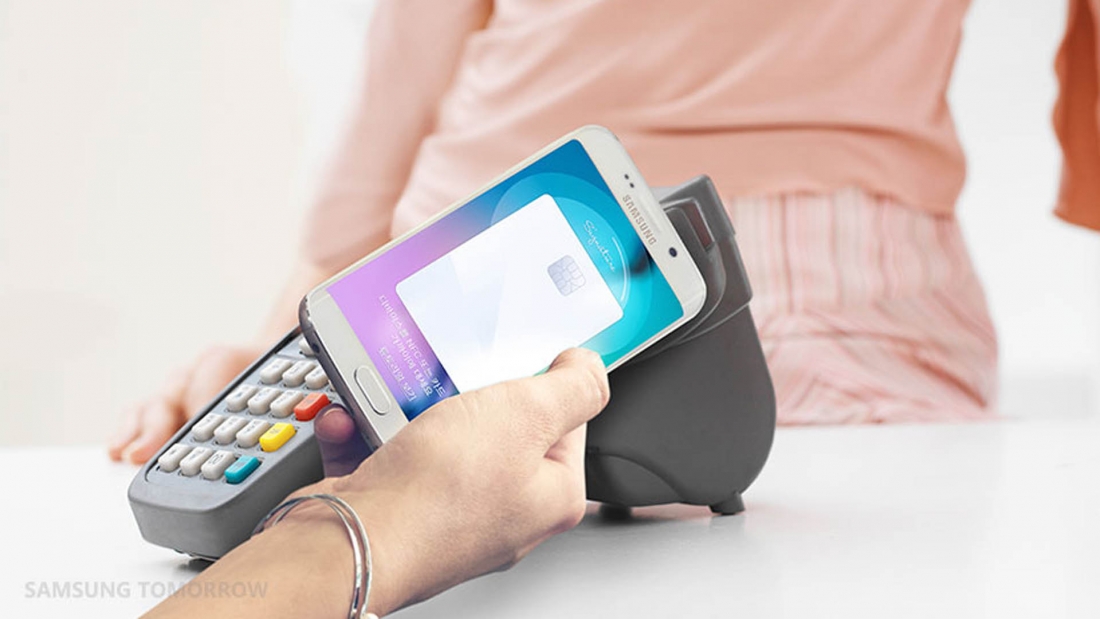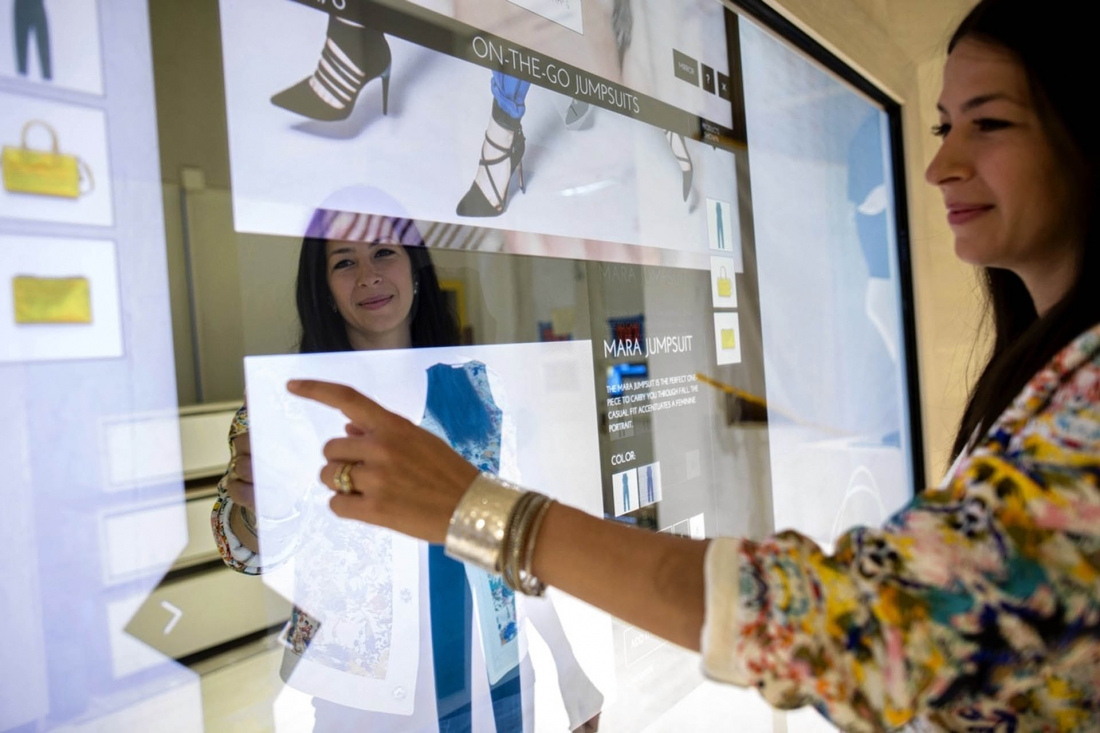Barclays Launches Wearable Contactless Payments
When Apple announced that their mobile payment service was launching in the UK this month, Barclays was noticeably absent from the list of banks supporting the service. Word was the UK’s second largest bank was focused on launching their own revival mobile payment service. Today, the rumors proved true, as Barclays launched their bPay service. In order to use bPay you must purchase one of three “wearable” devices: a very chunky £25 bracelet, a £20 keychain fob, or a £15 sticker. Much like a Starbucks mobile card or Google Wallet, your Barclays device is connected to a prepaid bPay account; as the funds get used, you need to add more value to the account. The good news is that you do not have to be a Barclays account holder to use the service, any UK-registered Visa or MasterCard can be used to add funds (sorry Amex users). bPay will be accepted anywhere contactless payments are available (as will Apple’s and Google’s payment services). Also, similar to Apple Pay, there will be an initial £20 per transaction limit that will be reevaluated over time.
Barclays move into the mobile, contactless payment space is bold and demonstrates an understanding of the growing importance of the technology. I believe requiring users to purchase a device to use the service will be a huge barrier to entry, as will the restricted prepaid aspect of the service. The wristband is so big, expensive, and such a uni-tasker, I have a hard time believing anyone would opt for it, when a smartwatch can do mobile payments and so much more. It is also important to note that unlike Apple Pay or Google’s upcoming Android Pay, there is no security feature on the bPay devices. If your sticker falls off, anyone can pick it up and use the value remaining on it. It will be interesting to see what the uptake of bPay is like, especially since Barclays recently announced that it will eventually support Apple Pay. And, come on UK, the £20 limit for mobile payments is ridiculous!
Continue reading










